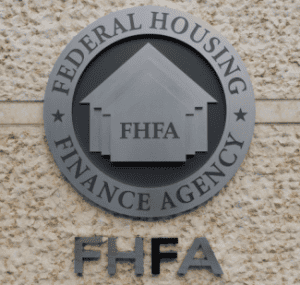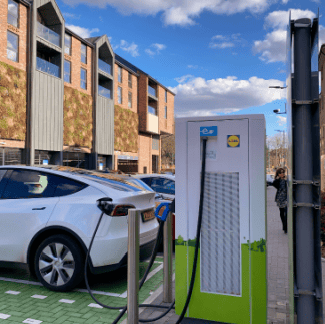Three Years After Katrina, Brad Pitt Still Rallies in New Orleans
by Louisa May
 Brad Pitt’s Make It Right Foundation is more than a catalyst for New Orleans’ neighborhood redevelopment. It’s a successful example of one individual’s determination to be responsible. Responsibility is defined as “ability to respond to the highest capacity.”
Brad Pitt’s Make It Right Foundation is more than a catalyst for New Orleans’ neighborhood redevelopment. It’s a successful example of one individual’s determination to be responsible. Responsibility is defined as “ability to respond to the highest capacity.”
The Lower 9th Ward in New Orleans was devastated by Hurricane Katrina in August, 2005. Creating the MIR Foundation was Brad Pitt’s response to a community fearful that its neighborhood might not make a come back.
A lot has happened since 2006 when Pitt visited New Orleans and saw first hand the city’s confusion and lack of focus in rebuilding. He assembled a group of community leaders and invited fourteen international architecture groups, including five from Louisiana, to submit affordable, sustainable home designs. No house could cost over $150,000 and since the Lower 9th Ward sits on land lower than sea level, each home had to be raised eight feet off the ground and have an escape hatch in the roof.
Fast forward to October 2008- 6 houses have been completed, with 144 to go. Each house has a front porch and comes equipped with solar panels to produce at least 75% of its electricity. On Tennessee Street, only trees remained after the storm. Residents now look to the trees as a symbol of their neighborhood’s endurance, and their street bustles with new construction. In fact, Tennessee offers a veritable textbook example of construction methodology.
1744 Tennessee Street is a panelized home. Panelized homes are assembled from prefabricated panels, essentially flat units, stored in a climate controlled factory and shipped to the site where they are built. One advantage to home owners who choose these panels is that construction is speedier. Floors are pre-cut, and roof trusses are strong. Panels are sturdy, insulated, and mold and termite resistant. According to a recent NAHB (National Association of Home Builders) study, construction of a 2600 square foot home built with these panels and trusses used 26% less lumber, generated 76% less waste, and used 37% of the man hours needed to build a similar stick-built home.
1631, 1720, and 1843 Tennessee Street homes are being built using traditional construction methods. The quality of the homes is optimized by using advanced framing techniques and high performance insulation. Another advantage of using traditional methods is that more jobs are created locally. On site training is offered for skilled trades with an emphasis on green building. Marketable skills are a huge benefit for resident workers of the Lower 9th Ward.
1632 Tennessee and 1809 Deslonde Street home owners chose modular homes. Modular homes are also constructed off site but in box- like sections.They are 95% complete when they leave the factory and are protected from prolonged exposure to the elements. These homes are transported to the site and are assembled, usually by crane, more quickly than a traditionally built home.
As home owners return, so will stores and services. This Lower 9th Ward target area for redevelopment overlaps multiple zoning designations including schools and health care. Everybody knows there’s still much work to be done.
Brad Pitt’s capacity to respond to the crisis of Katrina has given residents of the Lower 9th Ward reason to hope. He says modestly, “I do find this about America. When we understand a situation, we rally.”
Check out our Green Pages for information on money saving tips that help the environment. Once there, click on the Green Forum for more articles by feature writer Louisa May.
American Apartment Owners Association offers discounts on products and services related to your commercial housing investment, including real estate forms, tenant debt collection, tenant background checks, insurance and financing. Find out more at www.joinaaoa.org.
To subscribe to our blog, click here.















 Accessibility
Accessibility